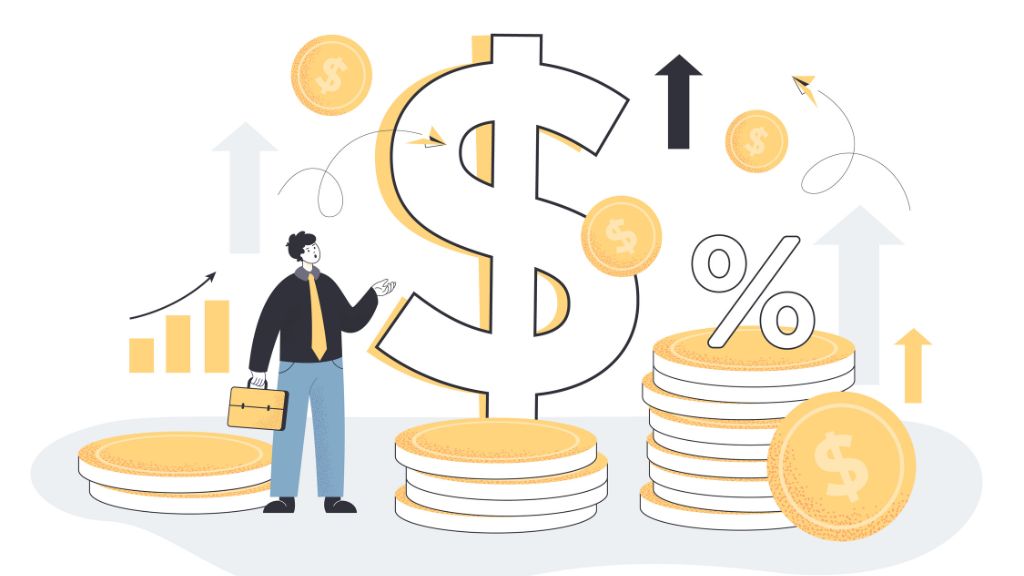
What are tiered pricing models?
It is a strategy primarily used by subscription services, such as music or video streaming services.
It is a strategy primarily used by subscription services, such as music or video streaming services.

Tiered or ladder pricing models offer customers different prices according to the services they need. It is a strategy primarily used by subscription services, such as music or video streaming services. We see examples on platforms like Spotify, where customers pay only for the features and functionality they require, with a choice of subscription levels. This gives them extra flexibility and the ability to opt for higher quality services if they wish, resulting in a more satisfying shopping experience. We explain the benefits of this pricing strategy and how to implement it. You will then be able to assess whether you should implement it in your e-commerce business.
On the one hand, tiered pricing helps increase the e-commerce business’ profit margin. Users perceive the higher levels to be better in terms of quality/price ratio, because they are offered improved functionality or more products for a lower price. This cognitive bias, aligned with the decoy effect, will make clients more willing to pay a larger sum of money. For this same reason, the purchase decision will be faster and more agile, thereby reducing the abandonment rate.
At the same time, with tiered pricing, it is easier to go up against the competition. You can change the prices of certain levels strategically to offer each target market an attractive service. Studying your audiences and knowing which segments are most price-sensitive is advisable.

For a fairly reasonable price, this package includes a limited level of functionality, whether it’s online services or a limited number of products. Its goal is to attract new customers with a low price. Customers will gradually be shown the benefits available at higher levels that are still within their reach.
This package includes higher quality services and a higher volume of products at a competitive price. This is often the level of choice for many users who believe they do not require everything a VIP or premium package can offer. The good thing is that it is easier to gain these consumers’ loyalty. They also have a long-lasting relationship with the brand.
At this level, you should include the best that the company can offer, in terms of products, services and even customer service. The premium model is linked to a superior shopping experience ranging from special discounts to other privileges, such as exclusive access to new collections or features. Although it will be higher-priced, as we said earler, its main lure is that you didn’t give too much value to the intermediate package, to generate that so-called pull effect.
Ultimately, these price variations enable e-commerce businesses to reach a wider audience with different needs. If you know your audience and have good segmentation, you can consider implementing tiered pricing. If your competition does not have a ladder pricing model, you can differentiate yourself from them. You will be able to increase the perceived value of your company among users. Analyse your competitors’ pricing strategies and stay one step ahead of their moves.
Find out how Minderest can take your business to the next level.
Contact our pricing experts to see the platform in action.


